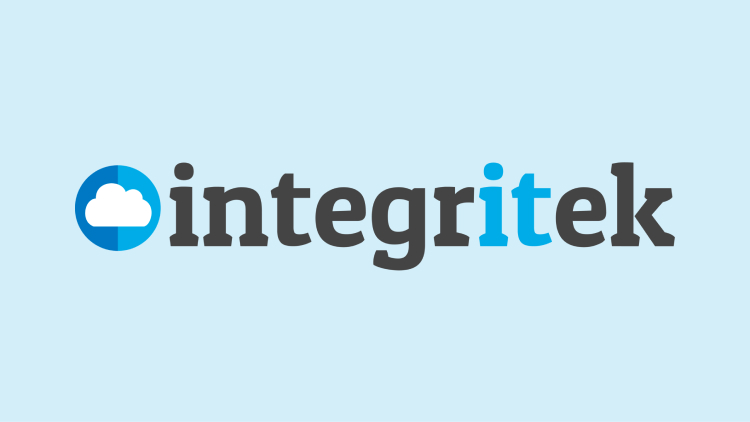Onboarding with an MSP: What to Expect
Embarking on a partnership with your chosen MSP marks the commencement of a collaborative journey, and at its helm is the crucial onboarding process. This initial phase is more than a mere formality. It is the foundation from which your partnership will grow, ensuring a synchronized understanding of objectives, seamless integration of services, and a shared roadmap for success. A well-structured onboarding process is not just an administrative step; it's the catalyst that propels your business towards a resilient and thriving collaboration with your MSP.
Introduction to the Onboarding Phase
Once a company has chosen its MSP, the onboarding process signifies the launch of services and the beginning of a technology partnership. It also represents a collaborative deep dive into the customer's technical environment, where the MSP gains an understanding of the company's IT infrastructure and business processes. This encompasses not only technical setups but also a dedicated effort to foster relationships and gain insight into the customer's strategic goals and objectives, ensuring seamless support from day one.
Align Expectations and Transition Smoothly
The significance of a well-structured onboarding process cannot be overstated. It aligns expectations, prepares the technical environment, and sets the roadmap from which support will commence. It also sets clear roles and responsibilities, establishes communication channels, and outlines benchmarks for success.
For SMBs, actively engaging in the onboarding process ensures a collaborative and smooth transition to the MSP's services, maximizing the benefits of the partnership from the very beginning. This hands-on approach empowers SMBs to articulate their specific needs, actively assisting the MSP in comprehending the intricacies of their technical environment and fostering alignment on how technology can best support their business strategy. This joint effort establishes not only operational harmony but also the foundation for a lasting and mutually beneficial partnership.
Through a comprehensive onboarding process, the MSP gains a deep understanding of the SMB's pain points, technological requirements, and operational nuances. This insight then enables the service provider to precisely tailor their services, proactively address potential challenges, and deliver solutions aligned with the customer's strategic objectives. In this crucial phase, the MSP and SMB set the tone for their budding partnership, laying the groundwork for a relationship built on shared goals, continuous improvement, and trust.
How to Prepare for Your Onboarding
Preparing for an onboarding process with your MSP requires planning and groundwork to provide seamless integration into their service framework. To maximize the effectiveness of this transition, several key steps can significantly enhance the onboarding experience.
Defining clear objectives: Clearly outline the objectives and needs that the SMB aims to achieve through the partnership with the MSP. Whether it's improving IT efficiency, enhancing cybersecurity, or optimizing overall business operations, having well-defined goals will guide the onboarding process.
Gather documentation: Collect and organize essential documentation, including network configurations, software licenses, hardware inventory, and any existing IT policies. This information provides the MSP with a comprehensive view of the SMB's current IT infrastructure, facilitating a more efficient onboarding process.
Conduct an assessment of current IT infrastructure: Conduct a thorough assessment of the existing IT infrastructure to identify strengths, weaknesses, and potential areas for improvement. Understanding the current state of technology within the organization helps the MSP tailor their services and solutions to meet specific needs and challenges.
Educate and inform: Explaining upcoming changes, and the MSP's role to employees is essential. Providing them with an understanding of the transition plan and how it aligns with organizational objectives promotes cooperation and minimizes resistance to change. Designating internal points of contact streamlines communication channels between the SMB and the MSP, expediting issue resolution and effective collaboration.
Outline Expectations Internally: Ensure that internal stakeholders within the SMB, including employees and designated points of contact, are aware of the upcoming changes and the goals of the MSP partnership. Providing clear communication internally helps in creating a supportive environment during the onboarding process.
What to Expect During the Onboarding Process
During the onboarding phase with an MSP, SMBs can anticipate a structured process aimed at seamless integration and collaboration. Understanding what to expect during this phase facilitates a smoother transition and fosters a more productive partnership.
Assessment and Discovery
The initial assessment and discovery phase marks the outset of the onboarding journey. This involves a comprehensive evaluation where the MSP gathers in-depth insights into the SMB's current IT landscape, workflows, pain points, and specific needs. Expect engaging discussions and information exchanges to facilitate a thorough understanding of the business's operations.
Set and Align Goals
Following this assessment, goal setting and alignment become a pivotal focus. Collaboratively establishing clear, achievable objectives aligns the efforts of both the SMB and the MSP. Expect to partake in strategic discussions aimed at aligning the MSP's services with the business's overarching goals.
Establish Proper Communication
The establishment of communication channels is a fundamental aspect of the onboarding process. Expect the development of effective communication protocols, including designated points of contact and preferred channels for issue resolution or project updates. This streamlines interactions and facilitates swift responses to queries or concerns.
Technology and Strategy Roadmapping
A crucial step during onboarding involves the creation of a transition and implementation plan. SMBs can anticipate a structured roadmap outlining the steps and timelines for migrating services or implementing new solutions. Expect detailed plans that encompass milestones, responsibilities, and contingencies that create a systematic and organized transition process.
Throughout this phase, collaboration and transparency are key expectations. SMBs should expect open dialogues, regular updates, and proactive engagement from the MSP. These elements facilitate a smooth onboarding journey that aligns both parties and enables a strong foundation for an enduring partnership.




